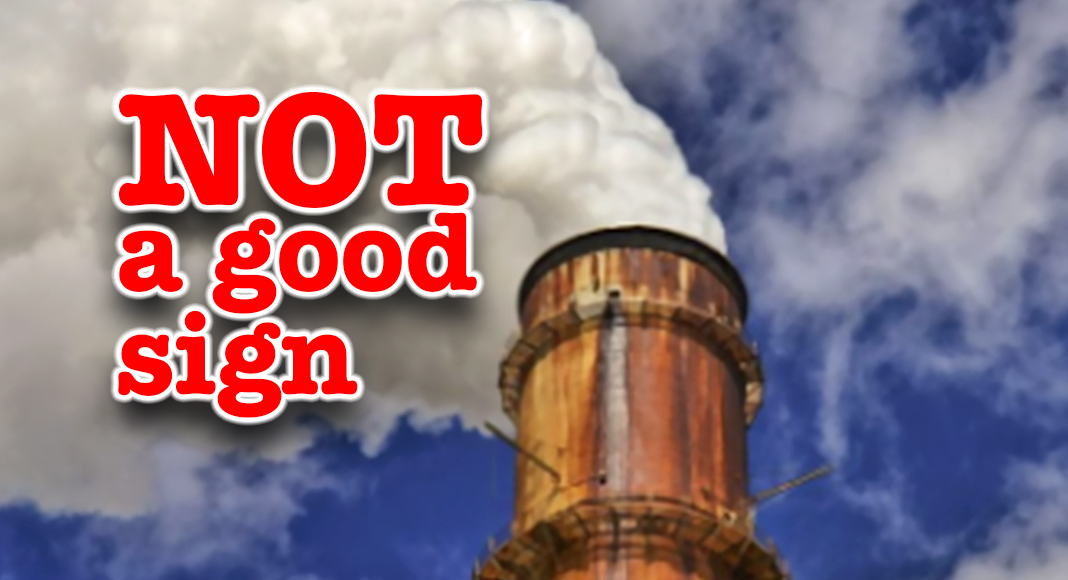
Texas Border Business
Newswise — Irvine, Calif. — Days before the opening of the 26th Conference of the Parties to the United Nations Framework Convention on Climate Change in Glasgow, Scotland, the latest estimates by the Carbon Monitor, an international research initiative begun during the pandemic, show that global carbon dioxide emissions as of the end of September 2021 were just 0.9 percent lower than emissions at the same time in 2019.
The estimates were compiled by researchers in the Department of Earth System Science at the University of California, Irvine, France’s Laboratoire des Sciences du Climat et de l’Environnement, China’s Tsinghua University, Columbia University in New York, and the Chinese Academy of Sciences. They further show that 2021 emissions in China, India, Russia and Brazil have each increased by 3 to 8 percent relative to 2019, particularly in the power and industry sectors.
In contrast, emissions in Europe and the United States this year remain 4.2 percent and 3.5 percent lower than they were in 2019, mainly due to lower emissions from the transportation sector, while emissions in many lower-income countries around the world are in some cases still 8 percent less than in 2019.
“Our results show that the pandemic-related decrease in global emissions is mostly over, but also that the rebound in economic activity and emissions has been quite uneven across the world,” said Steven Davis, co-lead of the Carbon Monitor project and UCI professor of Earth system science. “Despite hopes that targeted stimulus could boost shares of renewable energy, increases in energy use have outpaced ‘building back better.’”
The team’s results show that the carbon intensity of electricity used during the first nine months of 2021 has increased by 6.4 percent relative to the same period in 2020 when demand was low and natural gas prices were lower. As gas prices have risen and energy demand has rebounded, more coal is being burned, and the carbon intensity of emissions has risen.
“Looking forward, we will be watching a race between non-fossil energy and energy demand,” said Philippe Ciais, co-lead of the Carbon Monitor project and professor at LSCE. “For emissions to peak, any new demand must be met by non-fossil sources.”
Whether annual emissions in 2021 will exceed those in 2019 will be determined by whether there are further increases in energy demand over the remaining months of the year, which may be determined by the temperatures this autumn.
“We will continue to monitor the rebound in emissions and the effects of mitigation efforts as well as the ongoing energy crises in China and Europe,” said Zhu Liu, co-lead of the Carbon Monitor project and associate professor at Tsinghua University.
Unlike many estimates of carbon dioxide emissions that rely only on reports of fossil fuel use, Carbon Monitor tracks activities and energy use from a variety of near-real-time sources, including air flight datasets, traffic congestion indices and hourly data from dozens of electric utilities.
Thus far, their near-real-time estimates for 2021 are consistent with such independent, fuel-based projections from the International Energy Agency. The team has published several peer-reviewed publications detailing their methods and released a short paper explaining the latest results on the EarthArXiv preprint server.













